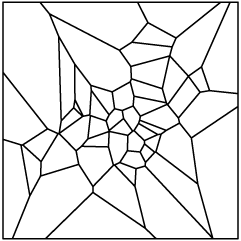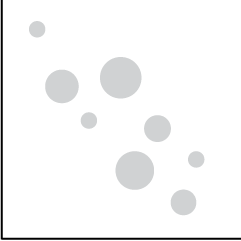xkcd has an informative reference for what do in case of mountain lion encounter, lightning, fire alarm, and bleeding. Very informative.
-
Hip-hop music producers often sample from previous works. They remake, restructure, and repurpose the samples to create a new sound. Tracklib broke down iconic hip-hop sampling over the past fifty years, using musical frequency charts to show where the bits of popular songs came from.
-
Members Only
-
For The New York Times, Miles Marshall Lewis highlights the etymology of five words in the English language heavily influenced by hip-hop: dope, woke, cake, wildin’, and ghost. A fun design using GIFs, images, and rotating discs you can click for music take you through the history.
-
It keeps getting hotter around the world. Not every single day. But over time, there are increasingly more hot days and fewer cold days.
For Bloomberg, Zahra Hirji, Rachael Dottle and Denise Lu lean into layered density plots to show the shift and the path towards extreme climates.They show distributions, which can be a challenge for non-data people to understand. So they take their time in the beginning to explain what the chart type shows, with a combination of color, animation, and labeling that stays consistent through the article.
-
A supermarket chain in New Zealand offered an AI-based recipe generator, and of course people started throwing in random household items to see what it would make. For The Guardian, Tess McClure reports:
The app, created by supermarket chain Pak ‘n’ Save, was advertised as a way for customers to creatively use up leftovers during the cost of living crisis. It asks users to enter in various ingredients in their homes, and auto-generates a meal plan or recipe, along with cheery commentary. It initially drew attention on social media for some unappealing recipes, including an “oreo vegetable stir-fry”.
When customers began experimenting with entering a wider range of household shopping list items into the app, however, it began to make even less appealing recommendations. One recipe it dubbed “aromatic water mix” would create chlorine gas. The bot recommends the recipe as “the perfect nonalcoholic beverage to quench your thirst and refresh your senses”.
-
The U.S. Census Bureau defines the Midwest as the region of twelve states cornered by North Dakota, Kansas, Ohio, and Michigan. Comedian Luke Capasso convincingly argues that while that is technically correct, regions should be defined by culture and your dad’s spirit vehicle.
[via kottke]
-
Most of the Maui town Lahaina was destroyed by wildfire. The Wall Street Journal reports. The map shows the buildings that were destroyed in red.
Terrible. Here is a list of reputable sources to donate to help people affected.
-
Members Only
-
In this chart from The Economist that shows ice extent from 1972 up to present, that falling line for 2023 looks not good.
-
Almost half of wasted food comes from homes, and almost half of that goes to landfills. The rotting food then produces methane. For Reuters, Ally J. Levine and Daisy Chung illustrate why that’s an issue and why we should minimize the amount of food we throw away:
Methane produced by food decomposing in landfills makes up 1.6% of all human-made Greenhouse Gas emissions. While that may not sound like much, it’s a large percentage for such a specific pollutant. When scientists look at hyper-specific categories, Karl says, anything over 1% is significant.
“Any action that can prevent food waste from sitting in untreated piles will directly lead to climate impacts being reduced.”
I appreciate the illustrations that make the data less abstract, which have become standard from Reuters Graphics.
-
It’s common to see singers who are women, but the people who write the songs that end up in the Billboard Hot 100 are still mostly men. For The Pudding, Chris Dalla Riva, with design by Ashley Cai, highlights the rarity of women on songwriting teams over the past decade.
-
 A troll kept leaving comments on a woman’s TikTok videos, so she figured out who he was by following bits of public information.
A troll kept leaving comments on a woman’s TikTok videos, so she figured out who he was by following bits of public information.The sleuthing genre of videos that find something by tracing digital footprints continues to fascinate. Plus, this one is really satisfying. Although it also makes me wonder about privacy and people using the bits of information for bad things.
-
Yums, by Matthew Phillips, is a quick and simple way to save recipes via email:
Yums is a recipe storage system built on top of email. Content on the web disappears with time, but email you have control over forever.
To use Yums, find a recipe you like and send an email to [email protected]. In the body paste the link to the recipe you want to save. You can paste as many links as you like, separated by new lines.
Super easy and the email is just the recipe without the backstory. I understand why people include all the wordage and pictures before the actual recipe, but it’s gotten out of hand.
-
Instead of using dating apps, some have turned to the date-me doc, which is a single, view-only page about the individual. It’s appealing, because it’s a flexible format that lets you include what you want and how you want. With the surge in interest, of course someone started to tabulate the docs.
-
Members Only
-
Research by Dan Ariely and Francesca Gino suggested that people were more honest in a survey when you ask them about honesty at the beginning. The problem is that the data in the analysis was likely faked. The research was over ten years ago, and Ariely suggested that the insurance company that supplied the data did something to it prior to him receiving it, but the insurance company recently stated that the data was faked after they supplied it.
In any case, there’s fake data in there somewhere. Planet Money broke it all down.
See also the analysis by Data Colada, which is why the fraud came to light.
-
Taylor Swift has been filling up stadiums across the United States and will head overseas soon to fill more seats. For Reuters, Clare Trainor and Dea Bankova break down the songs, albums, and ticket sales with a heavily stylized piece resembling a Swift fan’s scrapbook.
-
In hot places, the ground can heat to higher temperatures than the air, which causes severe burns to someone who stumbles or accidentally touches a surface. For Reuters, Mariano Zafra describes the absorption and release of energy with a series of graphics.
-
In Major League Baseball, a player hits a home run when the ball flies over the outfield fence. However, the distance between the hitter and the outfield fence varies by stadium, which means a home run in one stadium might not be far enough for a home run in a different stadium. For The Washington Post, Kevin Schaul made a thing that lets you compare stadiums.

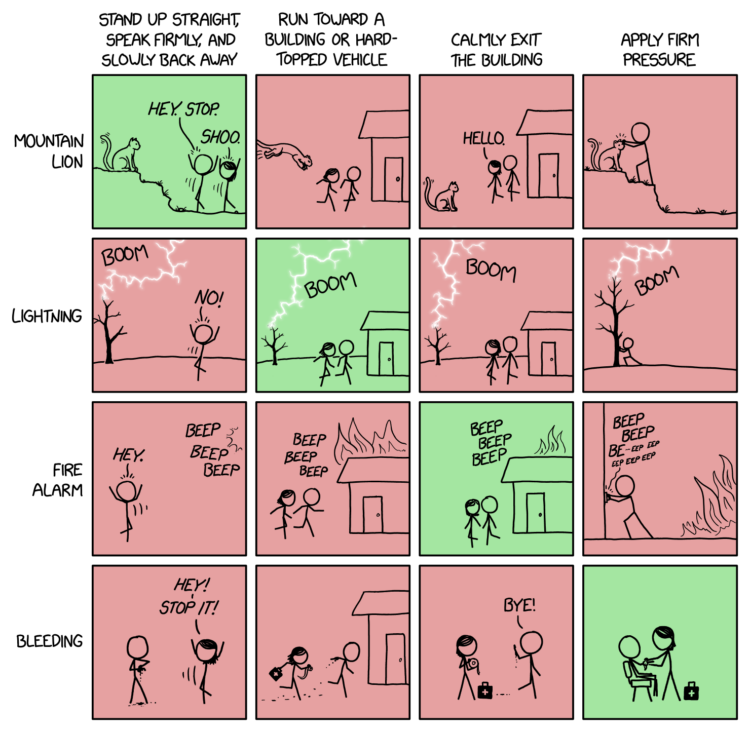
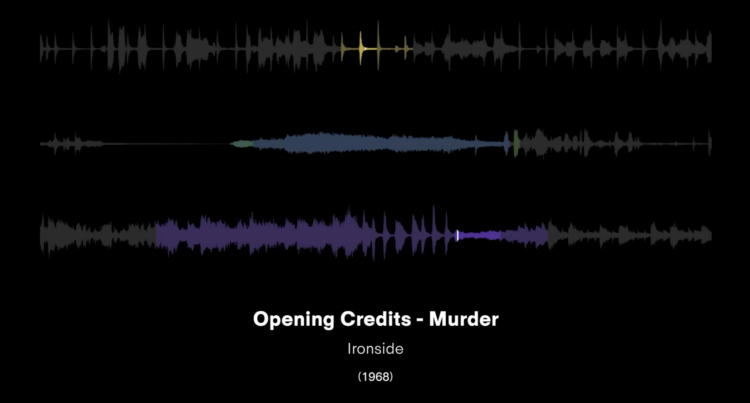

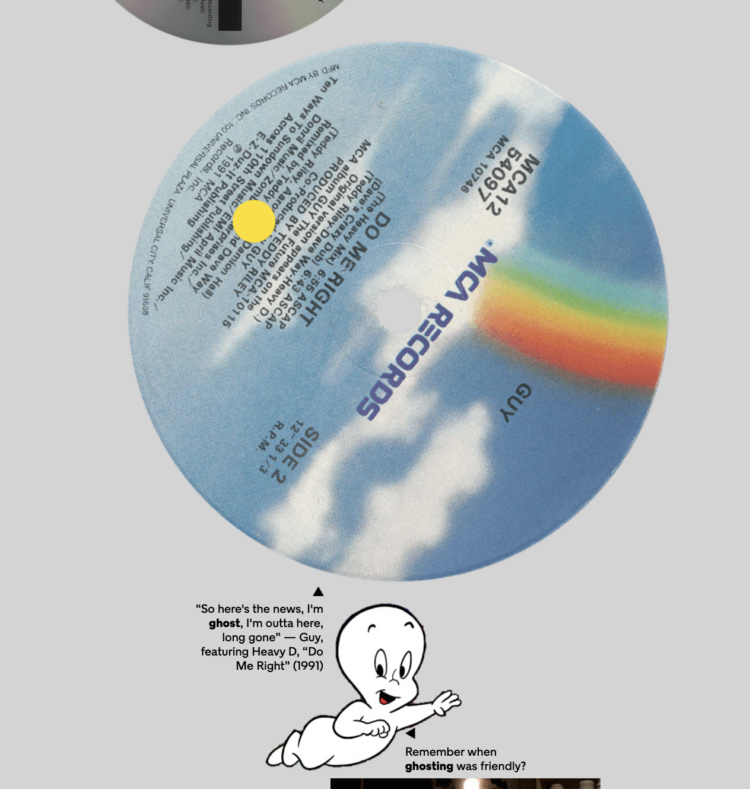
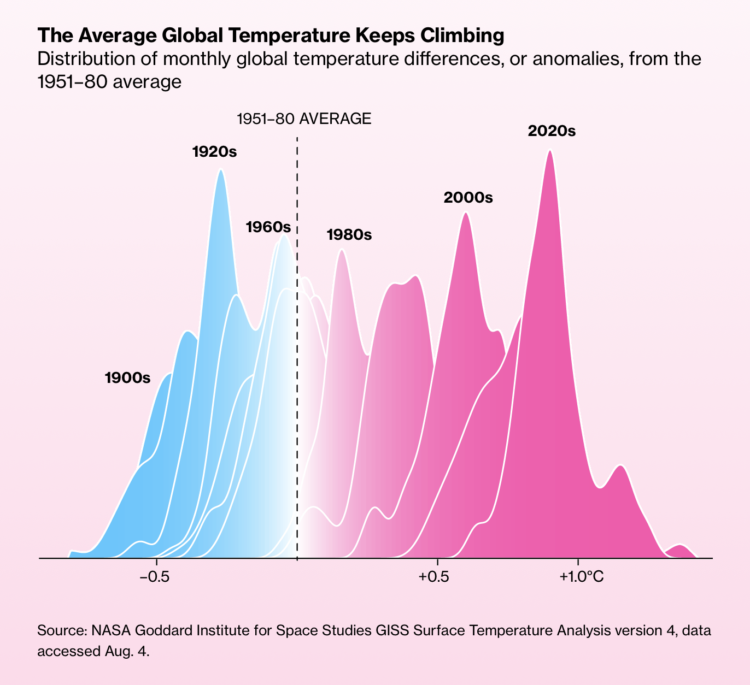

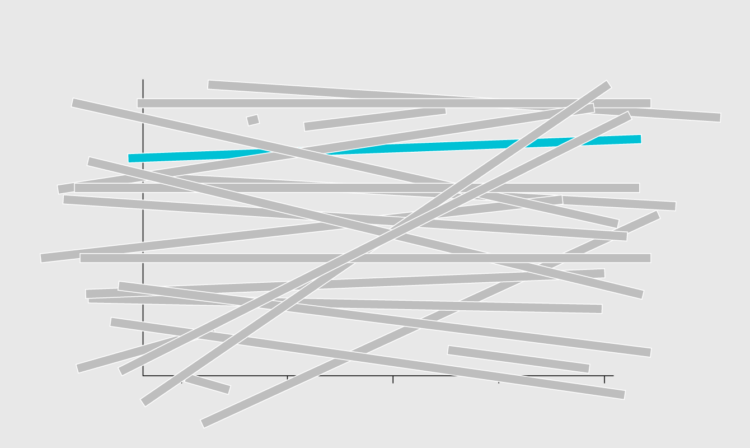
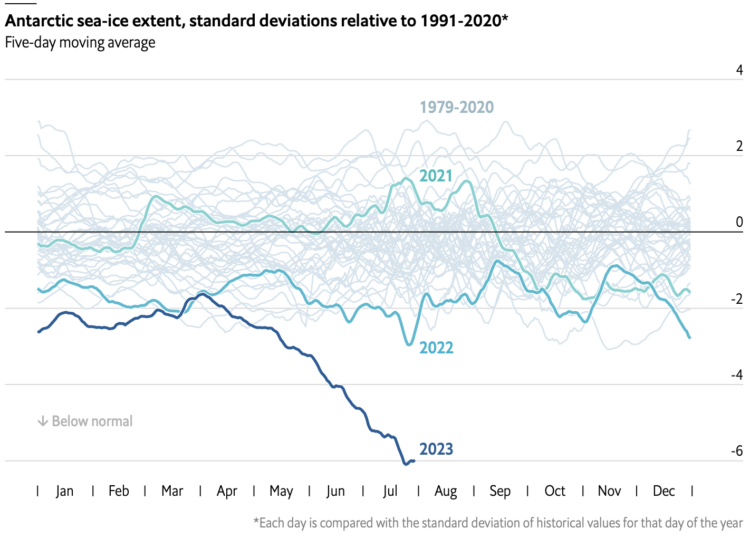
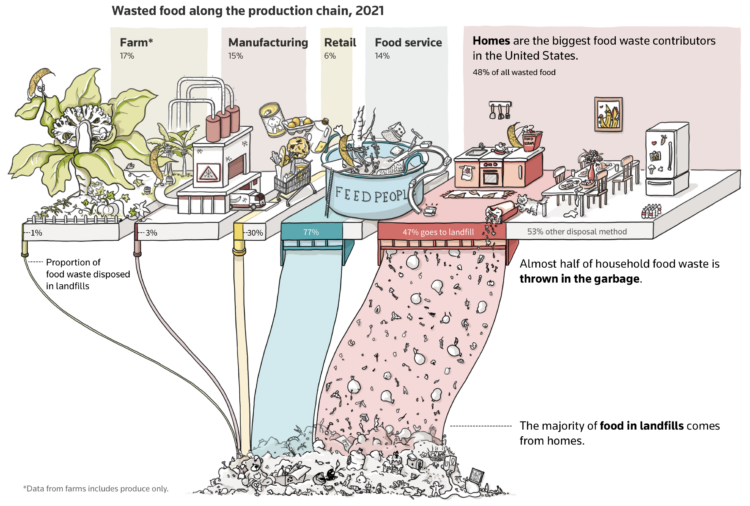
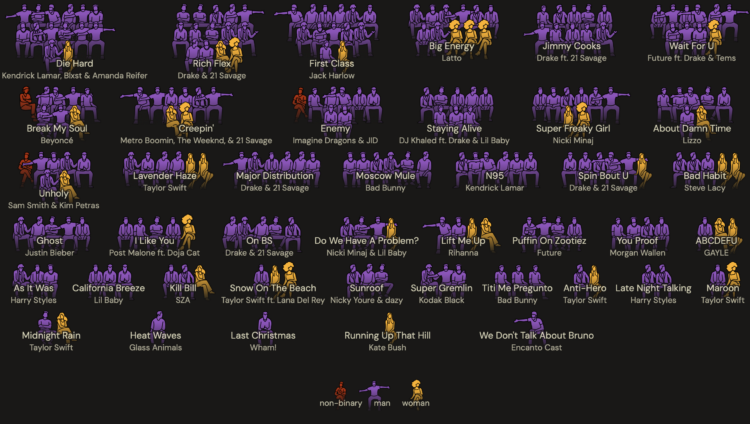
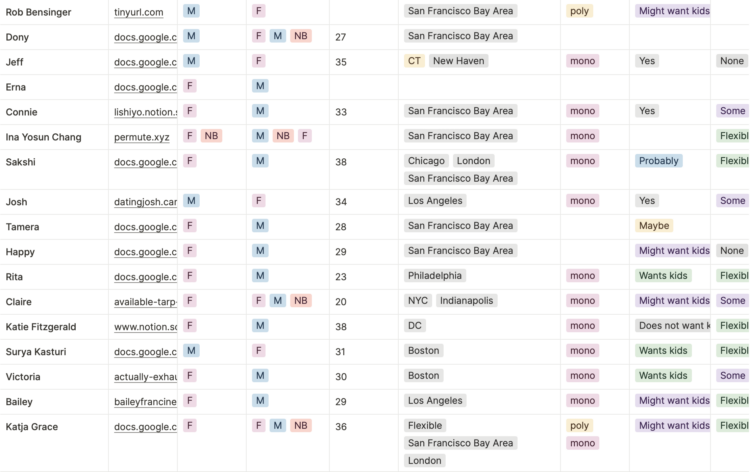
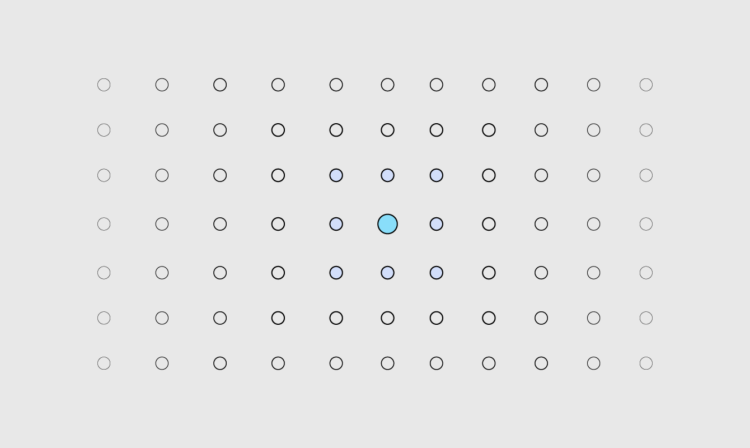

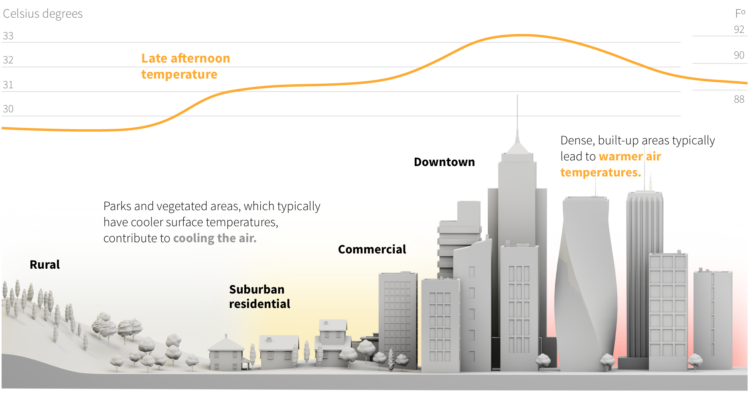

 Visualize This: The FlowingData Guide to Design, Visualization, and Statistics (2nd Edition)
Visualize This: The FlowingData Guide to Design, Visualization, and Statistics (2nd Edition)




